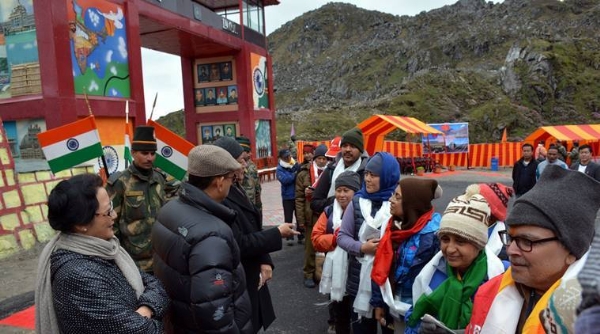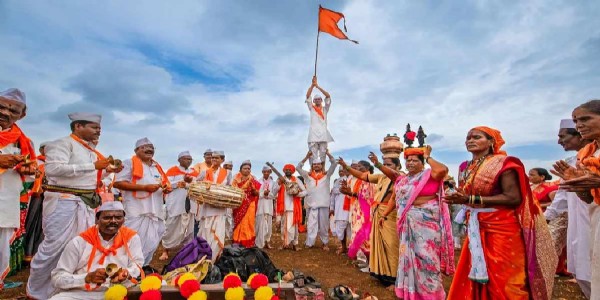China reopens Kailash Mansarovar Yatra with several restrictions making more difficult for Indian pilgrims: Report
Total Views | 357
In yet another attempt to create a nuisance, China has reopened several points on the Nepal-China border after three years, but added several restrictions on traveling, especially for Indian pilgrims for Kailash Mansarovar Yatra, which has become both costly and difficult.
According to kathmandupost.com report published on May 8, it cited Nepali tour operators as saying the complex regulations were designed to control the entry of foreign pilgrims, particularly Indians, for Kailash Manasarovar Yatra, one of the most sacred journeys for devotees.
According to kathmandupost.com report published on May 8, it cited Nepali tour operators as saying the complex regulations were designed to control the entry of foreign pilgrims, particularly Indians, for Kailash Manasarovar Yatra, one of the most sacred journeys for devotees.

The new cost for visas has surprised the Nepal tour operators as, in 2016, Nepal waived visa charges for Chinese nationals entering the country to boost tourism. "The charges fixed by China for Indians are higher than those for tourists from third countries," a memorandum submitted to Chinese Ambassador to Nepal Chen Song by three prominent Nepali travel and tour operators — Nepal Association of Tour and Travel Agents, Trekking Agencies Association of Nepal and Association of Kailash Tour Operators Nepal — was cited as saying, urging him to help simplify the movement of pilgrims.
Notably, the Kailash Manasarovar Yatra is one of the lucrative tour packages for Nepali tour operators, the report noted.
Pilgrims to Kailash discouraged by new Chinese rules
— The Kathmandu Post (@kathmandupost) May 9, 2023
Nepali tour operators say the complex rules are designed to control the entry of foreign pilgrims, particularly Indians.https://t.co/E2gcOQ2Ax4 — by @sangamprasai
Another issue that the Indian pilgrims will face is the non-availability of an online platform to get visas for Tibet. The only way to get the visa is from the embassy office in Delhi. That, too, the person seeking a visa has to be physically present for the interview for the visa. Furthermore, submitting biometric data while applying for a visa has been made compulsory. That means the Chinese authorities will get access to the biometric data of the pilgrims who want to visit Kailash Mansarovar.
"And as per the new rules, Indian pilgrims should be in a group of at least five people to obtain visas, and at least four of them should be present physically", the report said.
The holy travel season begins in April and lasts until October. Mid-June to early September is monsoon season in Tibet, but it is the peak season and the most expensive period to travel there, the report said.
India offers two routes for travel to Kailash Manasarovar – the Lipulekh Pass and Nathula, are the longest and most expensive. Only a few pilgrims travel on these routes as they need to get a special permit from the Indian government, the report noted.
The cost of the 14-day Kailash Mansarovar Yatra starts from Nepali Rupees 1,85,000 per person and can go up to Rs 3,20,000 per person. However, the new cost would increase the tour package price.
India draws a lottery to issue a fixed number of permits each year for these routes and organizes and coordinates the pilgrimage with the Chinese authorities in Tibet. Ladakh offers the shortest and most convenient crossing but Chinese refuses to allow its opening.
Nepal offers three routes to Kailash Manasarovar through the Tatopani and Rasuwagadhi border points. After the Chinese government closed these border points, Nepalgunj became the key gateway.
The Nepalgunj-Simikot-Hilsa-Manasarovar route is the shortest, and the itinerary is affordable and easy. Travellers usually fly from Nepalgunj to Simikot by fixed-wing aircraft, and then take a helicopter to Hilsa on the border with Tibet, the report added.
Bharati Web







